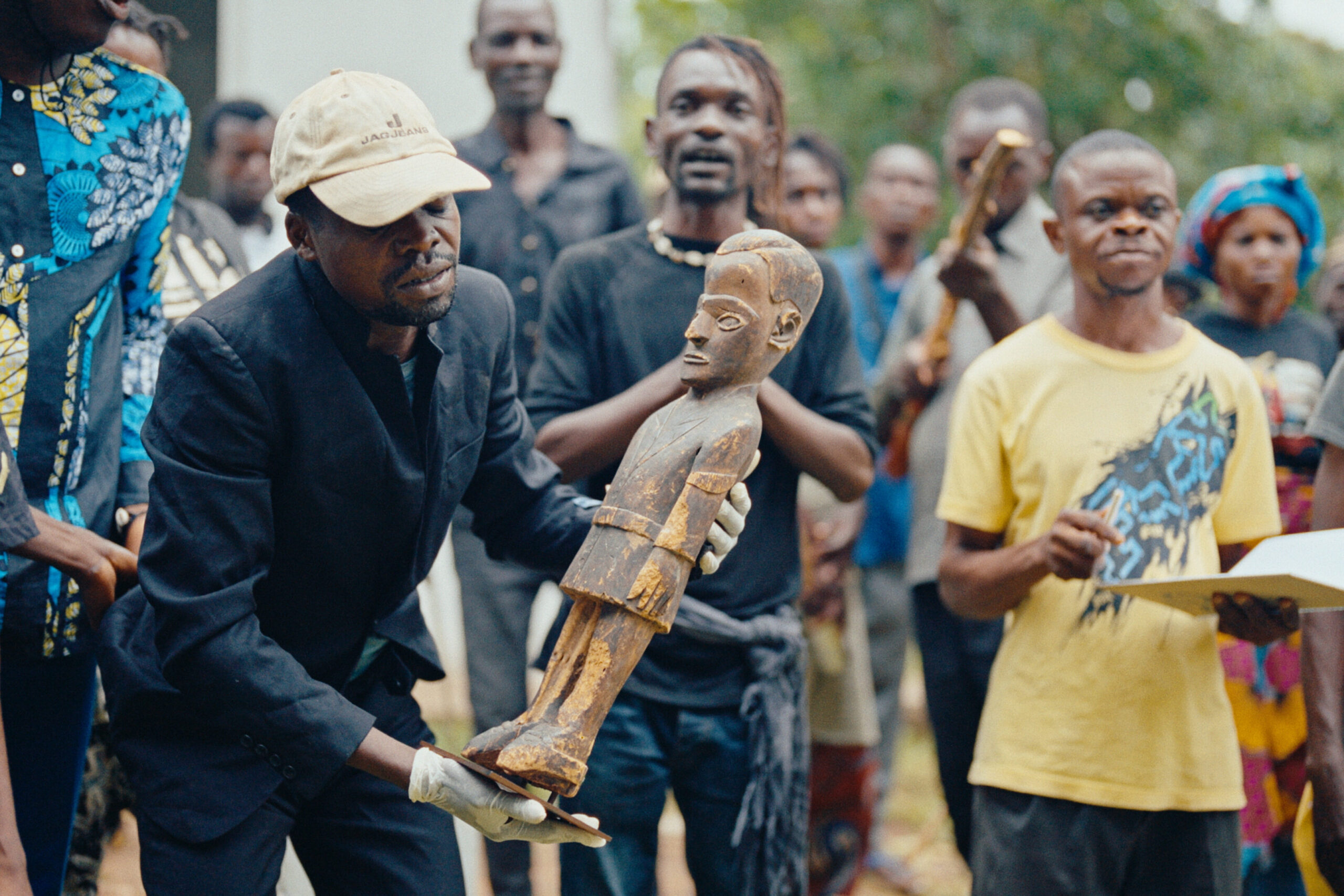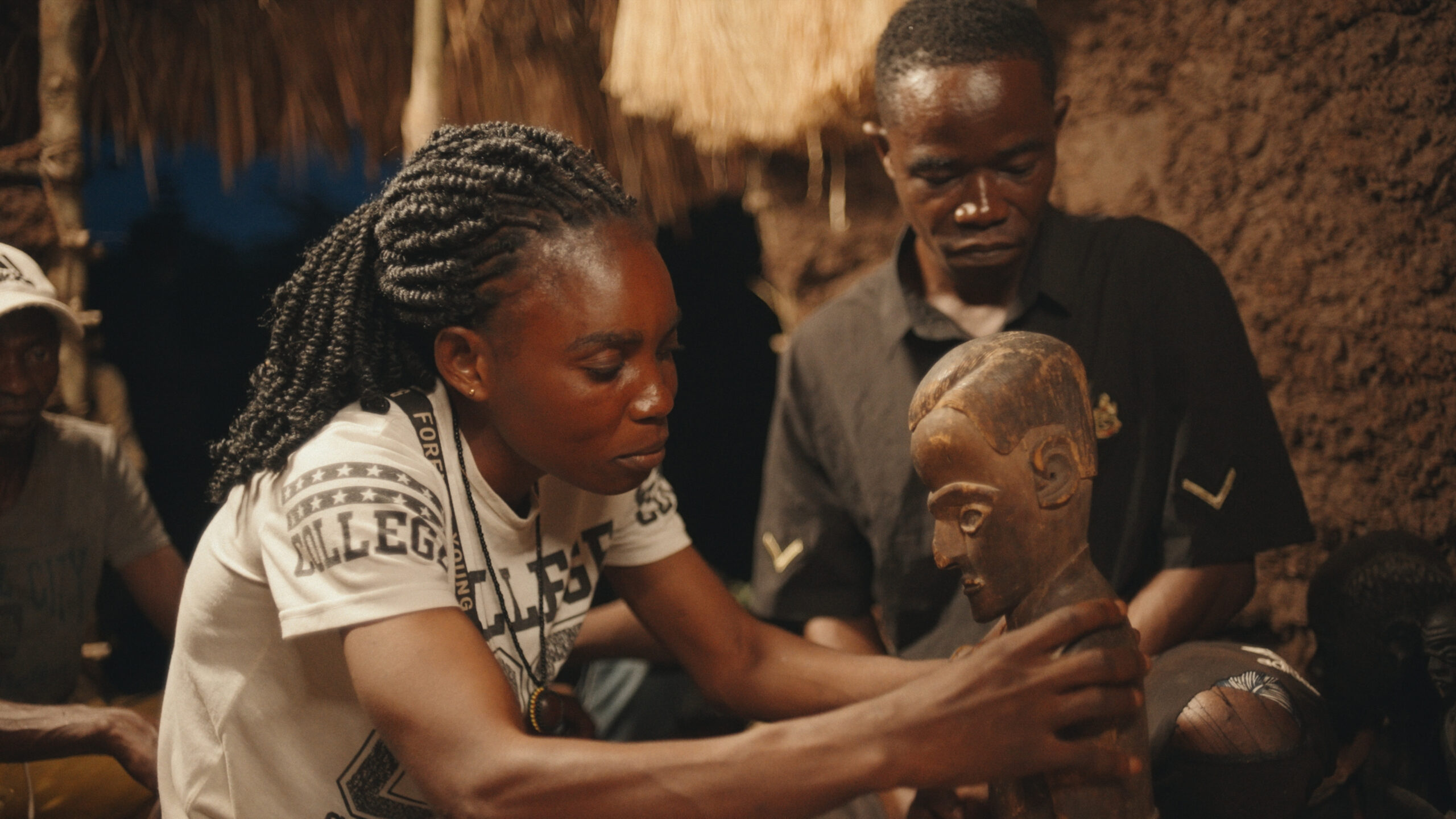The Balot NFT democratizes digital cultural ownership and aids in reclaiming stolen land, using NFT technology as a decolonization tool in a new restitution model.
The S+T+ARTS Prize Africa is an initiative launched by the European Commission to honor innovative projects at the intersection of science, technology, and the arts in Africa. This prize is part of the broader S+T+ARTS (Science + Technology + Arts) initiative, which aims to foster collaborations that address social, ecological, and economic challenges through creative solutions. The prize is designed to highlight and reward outstanding projects that have a significant impact on digital innovation and social transformation on the African continent. The focus is on initiatives that promote positive social, humanitarian, economic, or political impact and contribute to a diverse and sustainable society.
The Balot NFT democratizes digital cultural ownership and helps reclaim stolen land, using NFT technology for decolonization. Unlike museums in the Global North that privatize art, the Congolese Plantation Workers Art League (CATPC) uses NFTs to re-collectivize it. Historically, people in Congo have been stripped of their culture and forced into unpaid labor for the benefit of the Global North. The NFT of the Balot sculpture, a symbol of colonial resistance now held in the Virginia Museum of Fine Arts, allows CATPC to reclaim their cultural heritage. Sales of the NFTs fund the purchase of plantation land to restore ancestral forests, with each NFT priced at one hectare of land. The Balot sculpture, created in 1931 during a Pende uprising against colonial oppression, represents the spirit of a Belgian officer. By minting it as an NFT, CATPC reclaims their art and land. We talked to CATPC about the origins and significance of the Balot sculpture and their use of NFT technology to reconnect with it.

Can you tell us about the origins of the Balot sculpture and its significance to the Pende people?
CATPC: The sculpture was designed and carved in 1931 during the Pende people’s revolt in Kilamba village. Its purpose was to imprison the evil spirit of Balot, preventing him from harming the local people and transforming evil into good, as a way to repay the debt incurred by mistreating the Pende people.
What motivated CATPC to use NFT technology for this project, and how did the idea evolve?
CATPC: Unfortunately, we were unable to persuade the Virginia Museum to lend us the sculpture for the 2020 ceremony in Congo. Being so far away from the sculpture, without a single opportunity to get close to it, made us look for other ways to get closer to it. We were also looking for ways to restore the sculptures’ original function: to protect local communities from the plantation system. Using the photos available on the museum’s website, we downloaded the images to create a file accompanied by a drawing, a cartography in the background that explains or tells the story of the sculpture today.

What were the main challenges you faced in minting the Balot sculpture as an NFT?
CATPC: It was a new tool that some artists around the world were already using and that we had to adopt in order to express our art. We had to work with our technicians to achieve what we wanted in the end: to merge the different images into one that represented the sculpted Balot in an original way. Getting the drawing right was also a big challenge that we overcame.
We were reluctant to use blockchain technology because of its negative impact on nature, but after studying it, we decided to compensate by planting more trees, sacred forests, on the land we bought with the proceeds from the Balot NFTs we sold, which we did.
In what ways do you think this project contributes to the broader conversation about restitution and decolonization in the art world?
CATPC: The long-term discussions with the museum to return the Balot sculpture to its country of origin show our determination to change the fate of these imprisoned objects, just waiting to be liberated; the communities from which these objects were taken do not have access to museums; Our approach is to continue to convince museums in the West, through dialogue, to work together, to find agreements and compromises for the joint management of these objects (sacred to some), with the communities of origin, and to allow the free circulation throughout the world of the plantations that have long nourished art.

What other projects or initiatives is CATPC working on or planning to undertake in the near future?
CATPC: We plan to create a botanical garden and a medicinal garden using local and foreign plants. We want to expand the art school we have started and open more branches to train future plantation artists. We are currently shooting a new film which will be released soon. The film will serve as a tool to open doors for us in places where we are normally excluded: the boardrooms of multinational companies. They have to answer for the historical and ongoing violence of the plantations. I’ll withhold the title for now and promise you a great result in the end. We’re working on it now.
Find out more about the S+T+ARTS Prize Africa here.

Congolese Plantation Workers Art League (CATPC)
CATPC is an art cooperative of plantation workers from Lusanga, DR Congo. It was founded in 2014, together with well-known environmental activist René Ngongo. In 2017, the New York Times called their solo exhibition at the SculptureCenter “the most challenging show of the year”. With the proceeds of their art, CATPC has built a practice of securing hundreds of hectares of former plantation land for future generations. In the midst of this land, they have built a museum: the White Cube. In one of CATPC’s recent video works, this white cube is indicted for its involvement in colonialism and forced labor. On this land, they are restoring worker-owned, ecological and inclusive food forests: the Post Plantation. Renzo Martens, Cercle d’Art des Travailleurs de Plantation Congolaise (CATPC) and curator Hicham Khalidi will be providing the Dutch entry for the Venice Biennale 2024.
